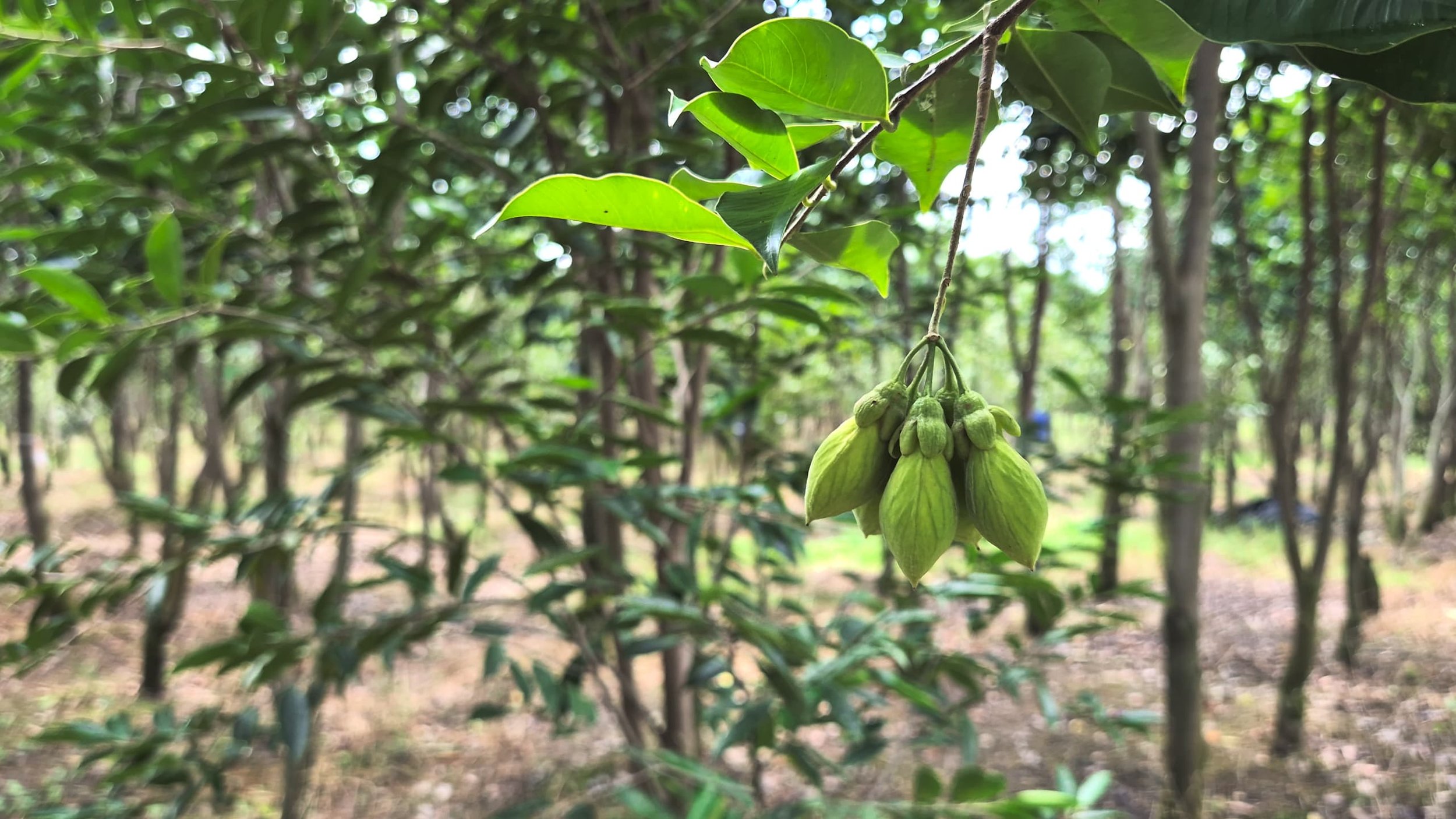
INTRODUCTION TO AGARWOOD
Agarwood, also known as oudh or gaharu, is a highly prized and fragrant resinous wood formed in the heartwood of certain trees, primarily from the Aquilaria genus. This unique and valuable material is produced when the tree is injured or infected by specific fungi. As a defense mechanism, the tree produces a dark, aromatic resin that permeates the wood, creating the distinctive agarwood. The quality and value of agarwood depend on the resin content, the species of tree, and the specific fungal infection.
Agarwood has been used for centuries across various cultures for its exquisite fragrance in perfumes, incenses, and aromatherapy, as well as for its medicinal properties in traditional medicine. Its complex and unique scent, often described as woody, musky, sweet, and smoky, makes it one of the most expensive natural raw materials in the world, often referred to as "liquid gold."
GLOBAL PERSPECTIVE
Globally, agarwood is a significant commodity, with a market driven by high demand, particularly in the Middle East, Asia, and increasingly in Western countries. It is a key ingredient in luxury perfumery (known as "oud"), high-grade incense, traditional medicines (including Traditional Chinese Medicine, Ayurveda, and Tibetan medicine), and religious ceremonies.
The global agarwood chip market size was valued at approximately USD 41.2 billion in 2024 and is projected to reach around USD 84.91 billion by 2034, demonstrating a strong Compound Annual Growth Rate (CAGR) of 7.51% from 2025 to 2034. Similarly, the global agarwood essential oil market is valued at around US$ 140.9 million in 2024 and is forecasted to climb to US$ 224.6 million by the end of 2034, with a CAGR of 4.7%.
The increasing demand, coupled with the rarity of naturally formed agarwood due to overharvesting, has led to significant efforts in artificial induction and cultivated plantations worldwide. Countries in Southeast Asia are major producers, with the Asia Pacific region anticipated to witness the fastest growth in the agarwood market.
AGARWOOD IN MALAYSIA
Malaysia is a prominent player in the agarwood industry, both historically and in modern cultivation efforts. The country is home to several Aquilaria species, most notably Aquilaria malaccensis, which is highly valued for its agarwood production.
Historically, natural agarwood from Malaysian jungles was a sought-after commodity. However, extensive logging due to high demand has put wild agarwood trees at risk, leading to concerns about their extinction. This has prompted the Malaysian government and private sector to focus on sustainable cultivation practices.
Today, Malaysia is a leader in cultivated agarwood plantations, with many companies actively engaging in research and development to improve inoculation techniques for consistent and high-quality agarwood production. The Malaysian Timber Industry Board (MTIB) records a significant number of registered agarwood producers, exporters, importers, and manufacturers, indicating a structured and growing industry.
Malaysian agarwood is used domestically and exported for various applications, including chips for incense, distillation for essential oils used in perfumes and cosmetics, and for medicinal purposes. The value of Malaysian agarwood products in the international market remains substantial, contributing to the country's timber and fragrance industries. The shift towards cultivated agarwood ensures a more sustainable and ethical supply chain for this precious "Wood of God."

